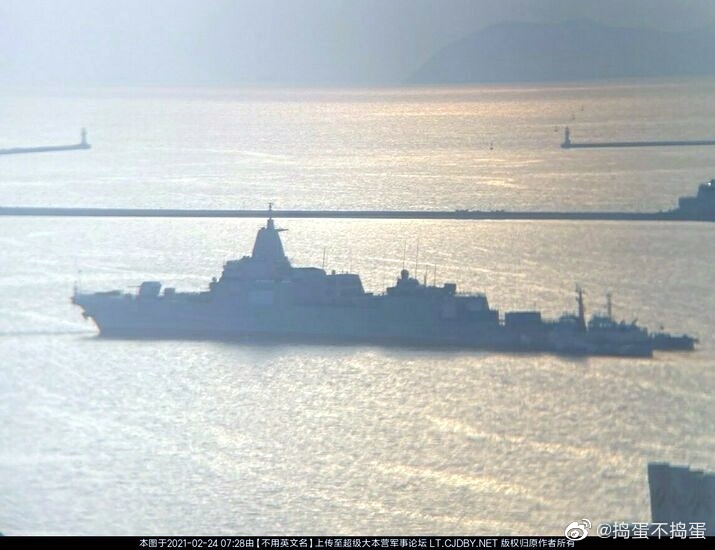The report explains that in terms of displacement the new ship will fall in the range between AB FLIII (~ 10,000mt) and Zumwalt (16,000mt). Since the new ship will have to replace the aging Ticonderoga cruisers, it was given that it would have to be larger than ABs. The question was just by how much. I think it is too early to speak of similarities to the Type 055.
SPY-6 is not a dual-band radar, but rather a S-band search radar. SPY-6 seems the likely candidate for the S-band search radar role, because it will be fielded in large numbers on FLIII DDG-51 destoyers, Constellation class frigates, FLII San Antonios and America class LHAs and possibly also retrofitted on FLIIA DDG-51s.
However, it is not the only currently available option for the USN. SPY-7 is another AEGIS compatible S-band radar. As I read recently, JMSDF is considering to install the SPY-7 on its future sea based anti-ballistic missile defense platform. Both radars are designed with anti-ballistic missile defense as a key function from the get-go.
Dual-band array? I never heard that was the ambition. Ford class has dual-band search radars, which is just a marketing term for two separate radars, one operating in S-band and the other in X-band, managed by one combined radar control system. Ticonderoga class cruisers have triple band search radars (L-band, S-band, X-band).
AN/SPQ-9B is not a mechanical illuminator. It is a PESA X-band search radar. The mechanical illuminators are the AN/SPG-62, that are retained on the AB FLIII.



